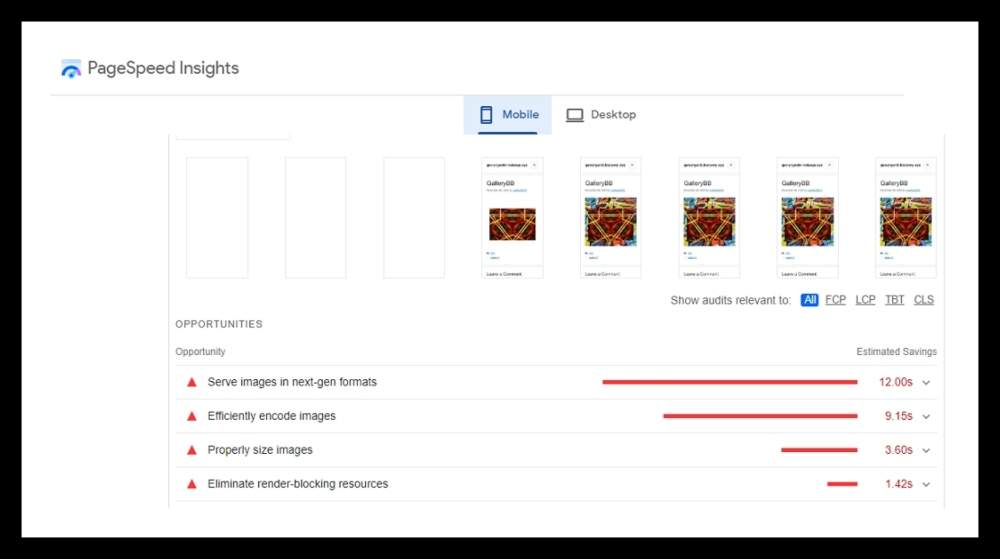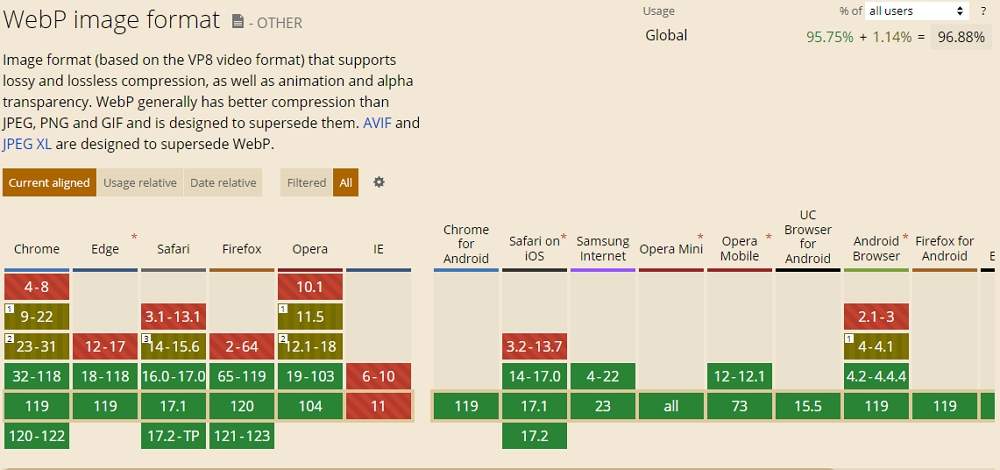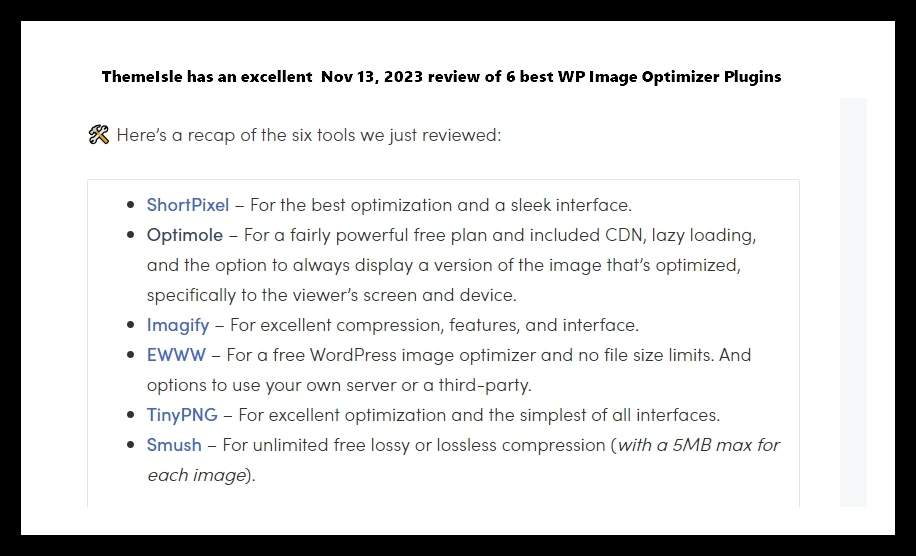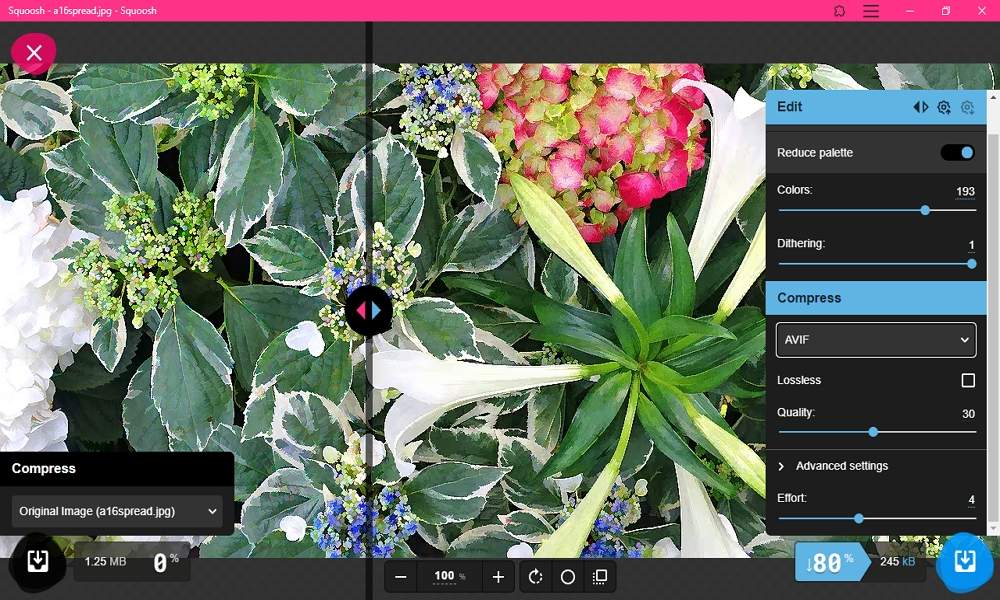There are new realities in WordPress Development. WordPress is no longer in Kansas – developers face a withering array of strategy, security. styling and integration problems that demand high-quality decisions and solutions. Developers can no longer assume that simple traditional routines will be available or the backend will deliver easy setup and reliability while easy-to-use, “no coding required” UI interfaces will always be available. Thus, WordPress problem-solving often demands greater sleuthing skills.
Today was a good example of how Web design and development can be set off on unexpected side tracks demanding acute sleuthing and triage skills. The problem seemed simple – develop image-active pages for a shop that will be used by mobile users about as often as desktop/laptop users. The initial usage is expected to be 300-500 visits per month. But very fast response time is the order of the day for both types of users.
However, the Google Web Page Speed test confirmed our suspicions that response time was slow:

Google’s speed test said that the images used should be converted to WebP or Avif. to improve response time. Easy enough it would seem, even though WordPress had not officially converted to WebP and Avif was still awaiting broader browser adoption. So we checked current WebP options for use in popular desktop and mobile browsers:
And good news – WebP had been adopted by all the major browser vendors for both desktop and mobile usage. Now the trick would be to find a WordPress image compression plugin that would support converting JPEG, GIF, and PNG to WebP format. Now about a year ago a similar search was done and we settled on WP-Optimze as our plugin. But we did not need WebP support so the question was which plugin delivered a low cost, reliable WebP routine.
Fortunately ThemIsle had a Nov 13, 2023 review of 6 low cost WebP capable compression plugins:
 Each of these image optimizers offered JPG, PNG and GIF compressions plus another image optimization feature like Lazy Loading, Resizing or CDN capabilities.
Each of these image optimizers offered JPG, PNG and GIF compressions plus another image optimization feature like Lazy Loading, Resizing or CDN capabilities.
But watch how Murphy’s Law was invoked with each of the otherwise excellent image compressors:
1 – ShortPixel with 1000 credits stumbled – only able to do partial WebP with modest ratings:
![]() But the mobile performance at 68 was markedly low due to no mobile WebP conversions.
But the mobile performance at 68 was markedly low due to no mobile WebP conversions.
2 – WP-Optimize offers WebP conversions but no WebP files were used on the website
and the performance ratings at Mobile 83 and Desktop at 81 means more support questions.
 Lo and behold WP-Optimize is creating WebP images just not displaying them.
Lo and behold WP-Optimize is creating WebP images just not displaying them.
3 – Optimole is next on our test list and it has a CDN library, and conversion to WebP and Avif plus 25k free conversions per month. Worthy of a look-see. But bad news – despite plenty of credit WebP requires the pro version at $39/mo for 100k visits/mo.
4 – Imagify had an encouraging ThemeIsle review and with $100/year first year with unlimited websites, unlimited image size, and unlimited upload size the deal looked solid. Until we had response time problems with the compression routines and failure to find the created WebP images. And support was slow for the free edition. In sum, Imagify is our GoTo 2nd choice.
5 – EWWW offers a solid free plugin – but the complication comes in making all the parts work:
 Unfortunately, this was an infinite error loop and free help is sparse
Unfortunately, this was an infinite error loop and free help is sparse
6 – TinyPng also looked good at $39/yr for unlimited compressions and images <=75MB
 But TinyPNG fails to warn of this shortfall. Check for SVG, PDF, etc support from other vendors too.
But TinyPNG fails to warn of this shortfall. Check for SVG, PDF, etc support from other vendors too.
7 – Smush has broad image compression, resizing and lazy loading features. But for handling super fast compression plus specialized image types like BMP, TIFF, PDF, SVG, PICT, PSD, etc, users need to upgrade to Smush Pro for $30/year 1st year then$150/year for a 3 websites contract with a unique bonus, the 12 WPMU Dev plugins.
8 – Squoosh.app delivered one by one image compressions. Given the capabilities of eWWW.io, Smush and ShortPixel this was hardly noteworthy. But Squossh had two capabilities worthy of note. First, it delivered compressions for WebP, Avif, 3 Jpeg versions and 2PNG styles. second it has an API for programmatic features – all at the the winning price of $0.0.
 As seen from the screenshot, Squossh provides several image processing features beyond its very fast image compression. Our client liked this solution best despite the added work.
As seen from the screenshot, Squossh provides several image processing features beyond its very fast image compression. Our client liked this solution best despite the added work.
What Image Compression Delivers
None of the compression tools delivered magic 98-100 ratings with most delivering substantial improvements in performance but at 80-84 ratings well below desired results. This was due to missing caching and JavaScript/CSS minification routines. But also some features such as lazy loading, resizing, and CDN support are not supplied by all 6 compression tools. But perhaps the biggest shortfall among all the compression tools – lack of video compression. Given that video now accounts for 50% of all Web media file usage, this is a serious gap in performance tuning.
So What Did Our Sleuth Choose?
Simple, free Squoosh app for the time being. Let the business see what clients are demanding. Already, competition has taken to showing a weekly video. And AI tools allows creation of lots of glitzty trendy images with that GlitzyTrendy Gook Look. So let Brand and Demand determine the next steps.
